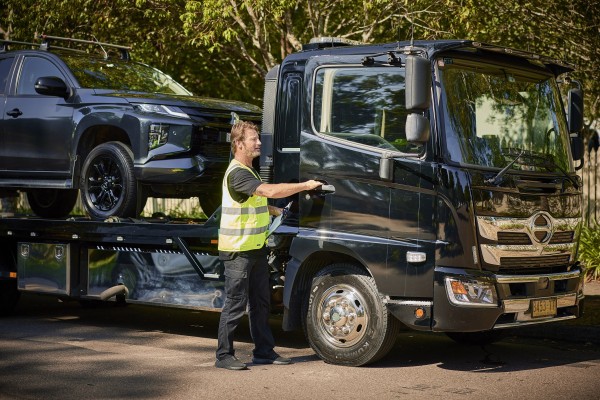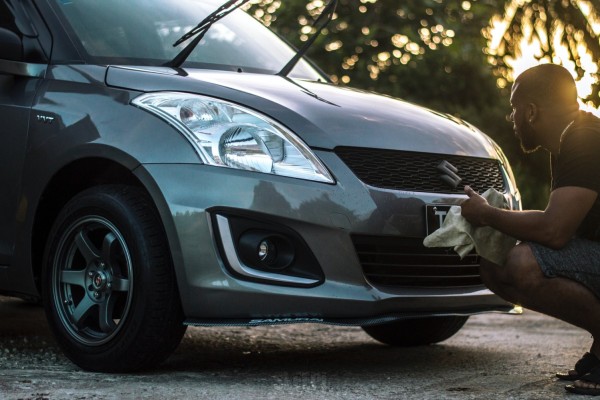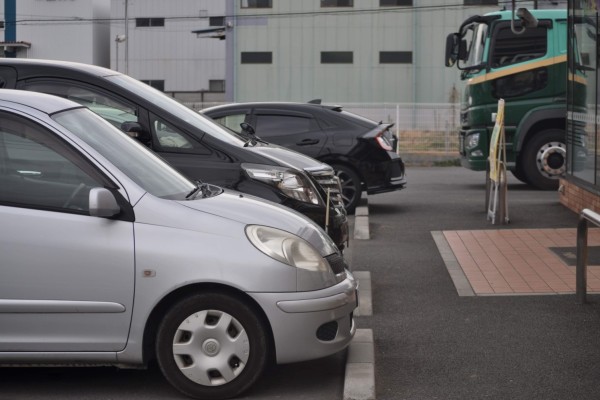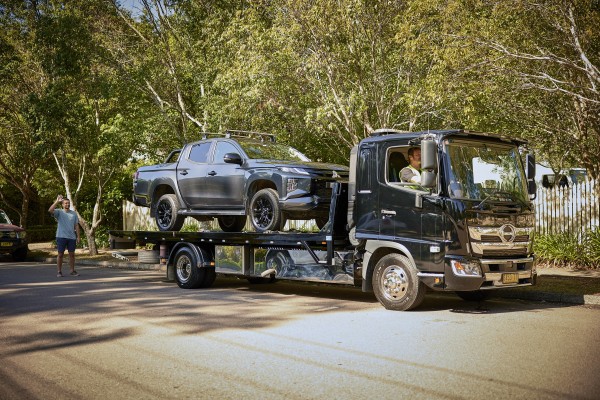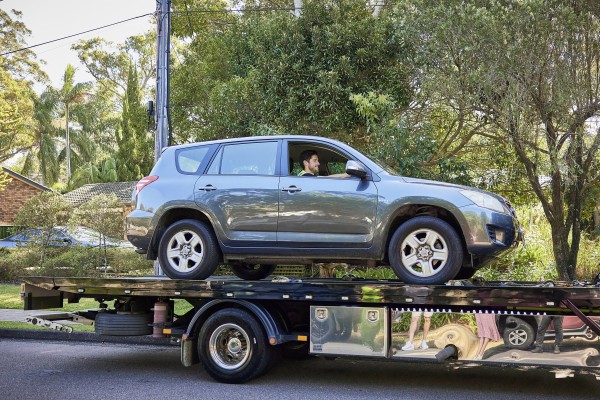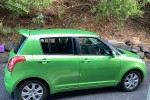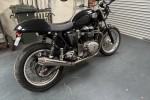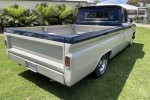Car Body Style and Vehicle Types Explained
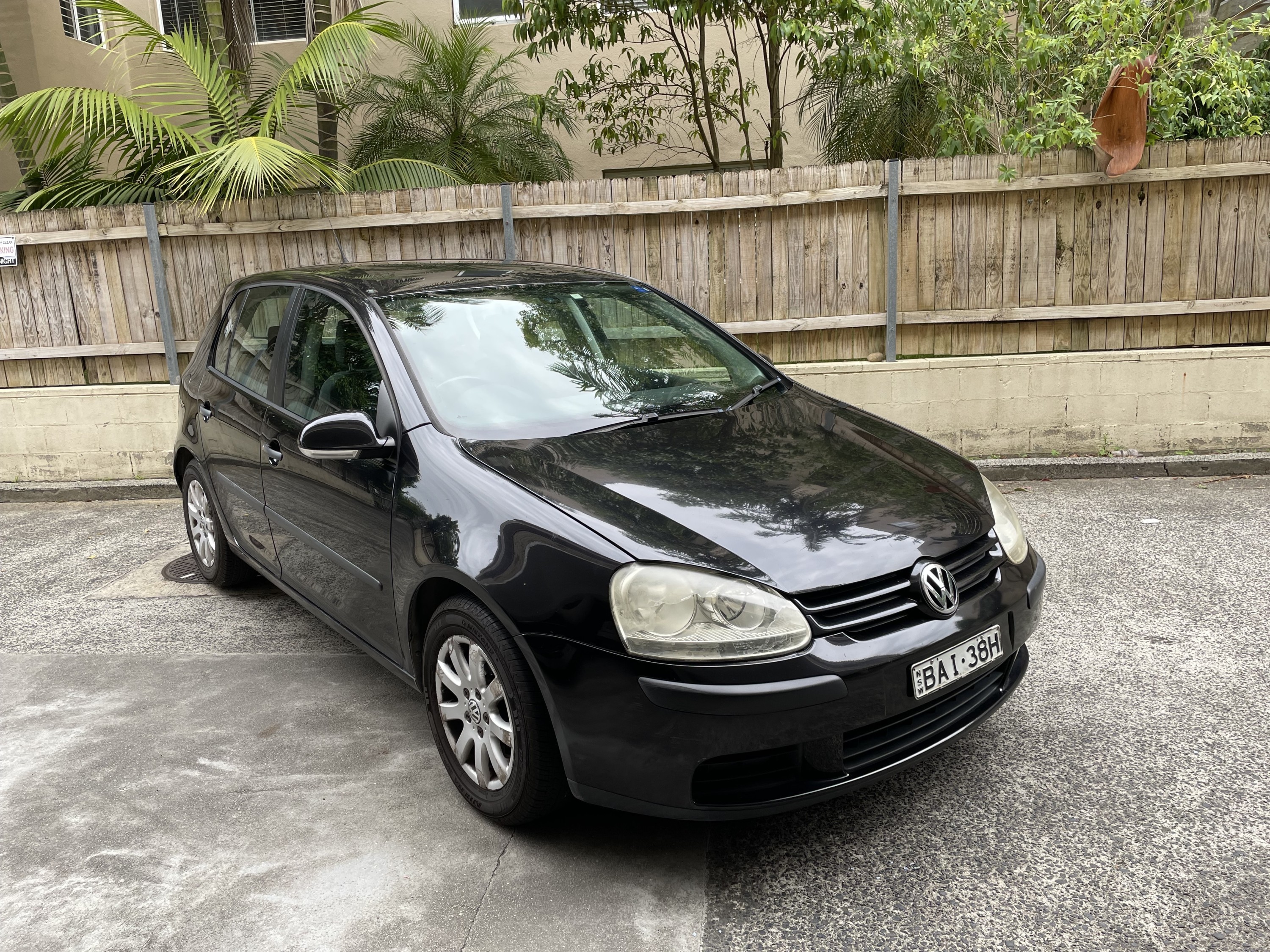
The body style and type of a vehicle is one of the most essential considerations when purchasing a new car. The body style not only affects the vehicle's appearance but also determines its functionality and purpose. From sedans to SUVs, coupes to convertibles, there is a wide variety of car body styles to choose from.
In this article, we will explain the different types of car body styles and their unique features and provide hints and tips for transporting your car across Australia. Whether you're in the market for a sleek sedan or the versatility of a UTE, understanding car body styles is essential for finding the perfect vehicle to suit your needs.
Understanding Different Car Body Styles
Understanding car body styles is important because it allows individuals to make educated decisions when purchasing a new vehicle. Different car body styles offer varying levels of comfort, cargo space, and performance, catering to different needs and preferences. For instance, a sedan is a go-to choice for small families or individuals prioritising fuel efficiency. At the same time, SUVs provide ample space for passengers and luggage, making them ideal for larger families or frequent travellers.
Additionally, understanding car body styles helps in understanding the dimensions and aerodynamics of a vehicle, which can affect its overall performance and handling. Being knowledgeable about car body styles empowers consumers to choose a vehicle that aligns with their specific requirements and enhances their driving experience.
Sedan

The sedan is the most widely used vehicle on the road. A bonnet protects the engine and battery in front. They have a rear luggage boot. A fixed roof with a horizontal roofline covers the second-row seating and slopes down over the boot. Sedans have four doors and a 3-box configuration with an engine, cabin, and boot.
Sedans are cheaper, more fuel-efficient, and handle better. Their low centre of gravity and proximity to the ground allow them to handle sharp turns better than SUVs, making them less likely to tip.
The sedan is appropriate if you need a commuting car for up to three passengers. Maybe its biggest downside is that they can only fit three people comfortably. If you frequently ride with four or more people and space is crucial, consider a crossover.
Popular sedans include the Mercedes E500, Toyota Camry, and Mazda 6.
Hatchback
 Hatchback rooflines slope from the B-pillar, making them simple to recognise. They have an upward-swinging hinged door. Three- or five-door hatchbacks exist. To maximise cargo space, the back door opens upwards. They are smaller than SUVs.
Hatchback rooflines slope from the B-pillar, making them simple to recognise. They have an upward-swinging hinged door. Three- or five-door hatchbacks exist. To maximise cargo space, the back door opens upwards. They are smaller than SUVs.
The engines have a separate cabin, while the cargo and passenger compartments are combined. Four to five people can ride. Hatchback rear seats fold flat for baggage. Also foldable are the rear seat bottoms. Hatchbacks are 2-box. If you want comfort, safety, and handling, choose a hatchback.
Popular hatchbacks include the Toyota Corolla, Suzuki Swift, and Volkswagen Golf.
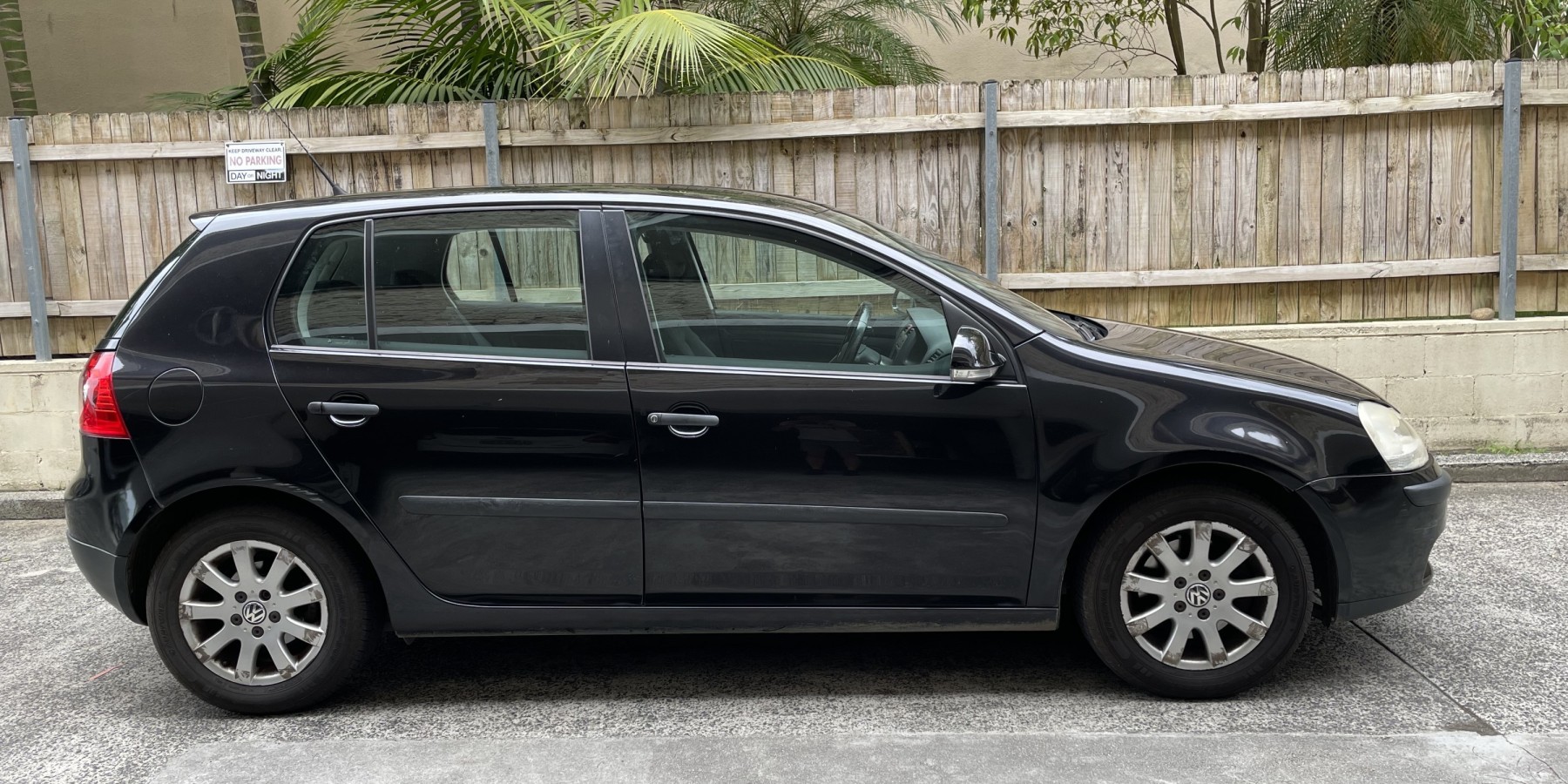
SUV
 Sport Utility Vehicles, referred to as SUVs, are large. These vehicles are sometimes categorised as light trucks because of their higher centre of gravity and ground clearance. The driver benefits from an enhanced field of vision.
Sport Utility Vehicles, referred to as SUVs, are large. These vehicles are sometimes categorised as light trucks because of their higher centre of gravity and ground clearance. The driver benefits from an enhanced field of vision.
SUVs are valued for their spacious interiors and luxurious features. They're fantastic on and off the road and have rugged good looks that men and women find attractive.
Popular SUVs include the Toyota Land Cruiser, Volkswagen Touareg, and Ford Endeavour.
Coupe
 Coupes are 2-door, low-roof cars with fixed roofs, unlike convertibles. Convertibles were once termed drop-head coupes, but coupe now refers only to fixed-roof vehicles. Coupes have a sloped roofline from the B-pillar to the boot. It differs from the sedan's roofline, which dips down from the C-pillar to provide second-row headroom.
Coupes are 2-door, low-roof cars with fixed roofs, unlike convertibles. Convertibles were once termed drop-head coupes, but coupe now refers only to fixed-roof vehicles. Coupes have a sloped roofline from the B-pillar to the boot. It differs from the sedan's roofline, which dips down from the C-pillar to provide second-row headroom.
Coupes are stylish. Some have four 2+2 seats, but most hold two. Adults are cramped in second-row seating, if available. These cars prioritise power and performance. Commuters without passengers tend to choose coupes and convertibles. They are ideal for people who travel alone or are childless. If you travel often with your family, get a crossover.
Popular coupes include the Ford Mustang, Nissan GT, and Mazda RX8.
Convertible
 Soft or hard tops, consisting of canvas, plastic, aluminium, or steel, are retractable or folding in convertibles.
Soft or hard tops, consisting of canvas, plastic, aluminium, or steel, are retractable or folding in convertibles.
Although certain luxury convertibles are available with four doors, the vast majority of convertibles are two-door vehicles. The term comes from the fact that they can change from open-air to enclosed cars. When the roof is down, there isn't much room for luggage.
Popular convertible cars include the BMW Z4, Honda S2000, and Mercedes-Benz SL.
Wagons
 Station waggons, also known as waggons or estate cars, feature a longer back end. Commonly, they feature an extra bench that may be used for either passengers or freight. Waggons were the preferred family vehicle from the 1950s through the 1970s.
Station waggons, also known as waggons or estate cars, feature a longer back end. Commonly, they feature an extra bench that may be used for either passengers or freight. Waggons were the preferred family vehicle from the 1950s through the 1970s.
Waggons gained fame for their ability to traverse difficult terrains. They offer higher ground clearance and more efficiency in addition to roomier interiors.
Popular wagons: Subaru Outback, Audi RS4, Skoda Superb, and Volvo V60.
Crossover
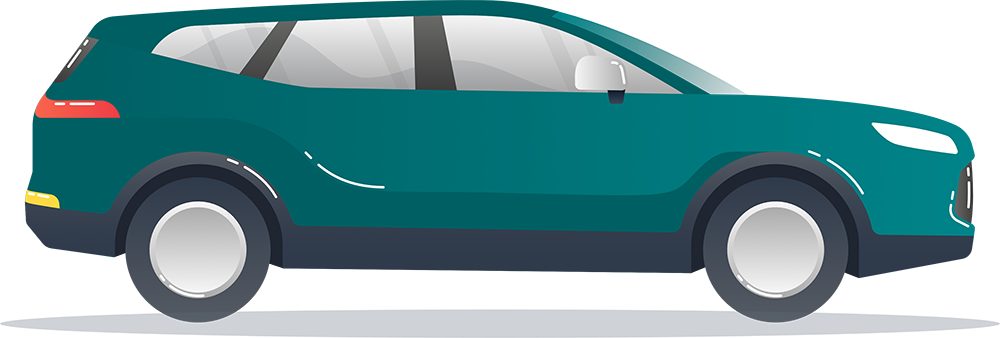 Crossovers, also known as Cross Utility Vehicles (CUVs), combine the best features of cars and SUVs. While they are based on a sedan chassis, they take cues from SUVs regarding height, ground clearance, and seating posture. In contrast to SUVs, Crossovers should be used only for mild off-roading.
Crossovers, also known as Cross Utility Vehicles (CUVs), combine the best features of cars and SUVs. While they are based on a sedan chassis, they take cues from SUVs regarding height, ground clearance, and seating posture. In contrast to SUVs, Crossovers should be used only for mild off-roading.
Various powertrain options are readily available for crossovers. All-wheel, four-wheel, and rear-wheel drivetrains are all supported. Crossovers are more economical and less expensive to operate than SUVs. Cargo capacity is improved, and they're easier to pilot.
The Toyota RAV-4, Mazda CX-5, Mitsubishi Outlander, and the Nissan Qashqai are popular crossovers.
UTEs
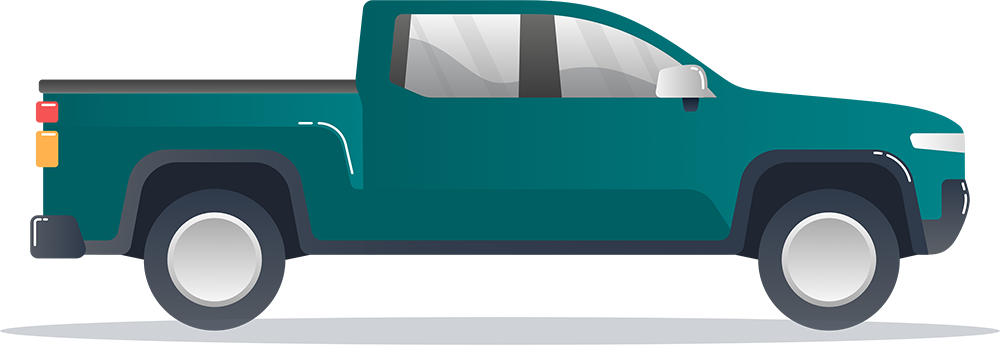 The open bed or tray of a pickup truck is another distinctive feature that sets it apart from other vehicle body types. They are adaptable to either a two-door or four-door layout. Single cabs refer to two-door pickups, and double cabs to four-door pickups.
The open bed or tray of a pickup truck is another distinctive feature that sets it apart from other vehicle body types. They are adaptable to either a two-door or four-door layout. Single cabs refer to two-door pickups, and double cabs to four-door pickups.
Pickups with a coupe body type are very popular. Most people call them "utes" for short. They are perfect for folks who have to transport a lot of items every day.
Popular UTEs: Isuzu D-Max, Holden Colorado, Ford Ranger, and Mazda BT50.
Vans
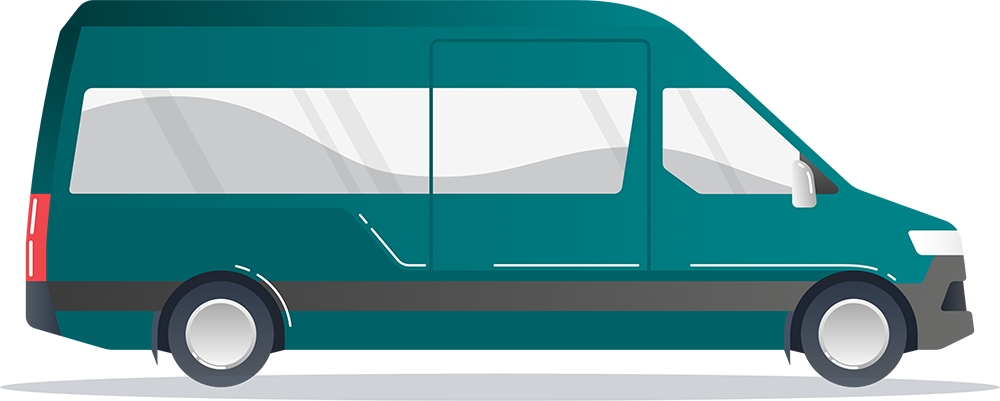 Multi-purpose vehicles, or vans, are typically higher than passenger cars. With three rows of seating, they can comfortably carry seven people.
Multi-purpose vehicles, or vans, are typically higher than passenger cars. With three rows of seating, they can comfortably carry seven people.
They look like square boxes with square-ish doors. Vans may not be the most aesthetically pleasing vehicle, but their high ceilings and generous interior capacity more than makeup for this. Minivans, full-size vans, and passenger vans all populate the market.
Popular vans include Ford Transit, Mercedes-Benz Sprinter, and Nissan Urvan.
Finding the Right Vehicle Type for Your Needs
Family Car
Safety, size, seating capacity, and fuel efficiency are important factors when choosing a family car. Family cars have higher safety ratings and features like advanced braking systems and blind-spot detection. They also accommodate multiple passengers comfortably and offer ample legroom and storage space. Some models have built-in entertainment systems for long car rides. Family cars have better gas mileage than SUVs or minivans, meaning lower fuel costs. Test driving and research are recommended before making a final decision.
Commuter Car
Commuter cars save money on transportation costs, are easy to maneuver and park in busy areas, require less maintenance, have lower insurance costs, and provide independence and convenience. They are a practical and affordable mode of transportation.
Sports Car
Sports cars offer speed, performance, luxury, and style. With powerful engines and aerodynamic designs, they provide a thrilling driving experience. Additionally, they boast advanced technology and features for comfort and convenience. Ultimately, owning a sports car is a practical choice that allows you to enjoy driving and make a fashion statement.
Luxury Car
Luxury cars offer a better driving experience, improved performance, and a sense of accomplishment. They come equipped with the latest safety, technology, and performance features. The attention to detail in the interior enhances the overall experience, similar to investing in a comfortable bed. Some may see it as a waste of money, but owning a luxury car brings personal satisfaction and enjoyment.
Off-Road Vehicle
Investing in an off-road vehicle is a smart choice for outdoor enthusiasts and adventurers. These vehicles are designed to handle rough terrains and challenging environments, providing superior traction and maneuverability. Equipped with advanced technologies and features, they ensure a safe and thrilling off-road experience. Off-road vehicles are versatile and can be used for various activities, making them a worthy investment.
Essential Tips for Transporting Your Car Safely
Research and Choose a Reliable Transport Company
Finding a reliable car transporter is crucial to your vehicle's safe and successful transport. Look for a business with a strong reputation for safe car transport. Choose a licenced and insured business to protect your vehicle from accidents and damages, and consider the service type they offer. Choose a company that meets your demands.
Prepare Your Car for Transport
Transportation preparation is crucial to a vehicle's safe arrival. Before shipping, remove all personal things from your car, including clothing, gadgets, and other valuables. Use a car cover to remove dust and debris, blankets or bubble wrap to protect delicate equipment, and fasten unsecured things in the boot or seats.
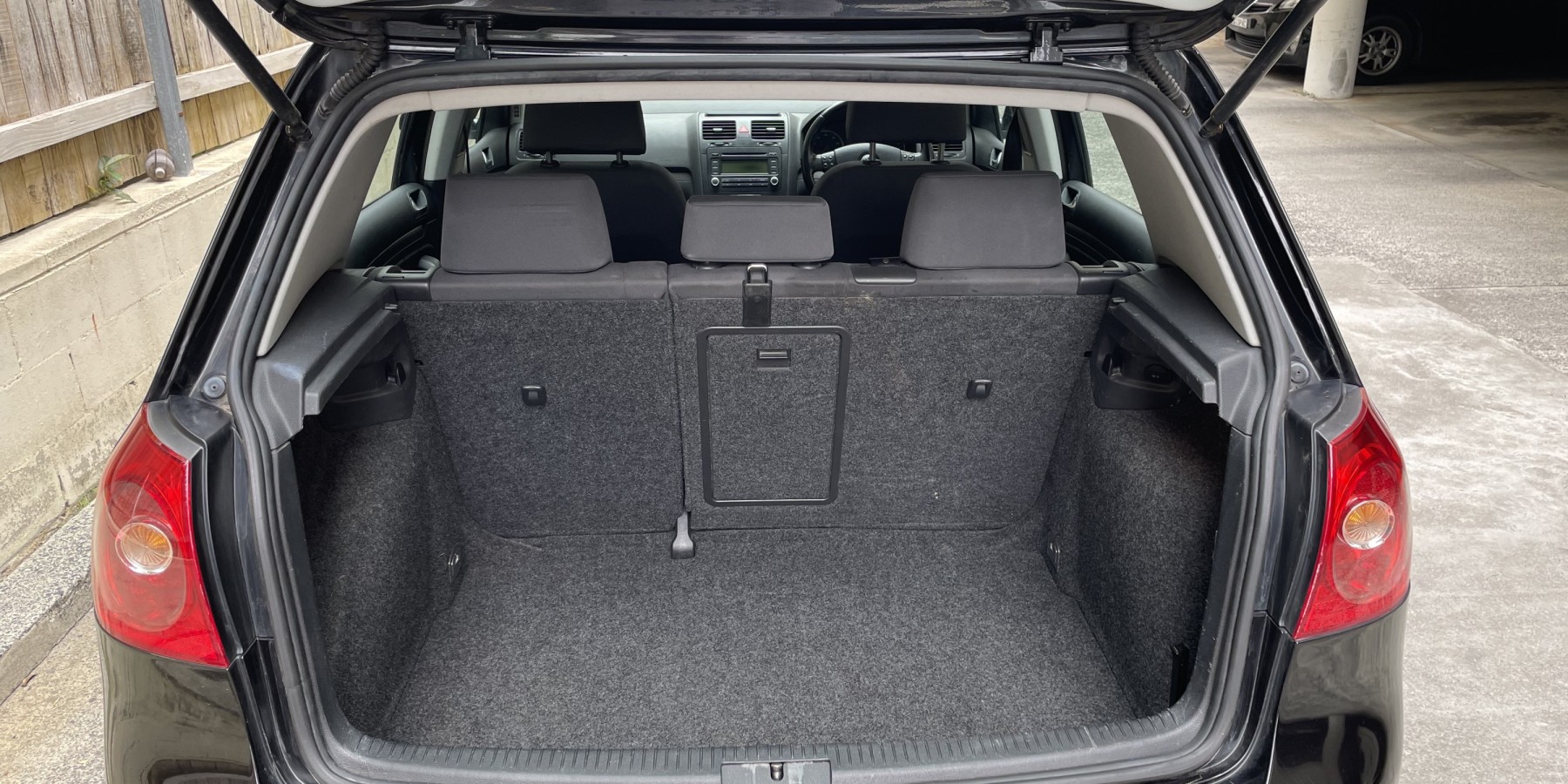
Ensure Proper Insurance Coverage
The majority of car transport companies provide some form of insurance coverage to secure vehicles against damage incurred during transport. This may include protection against collisions, robbery, and other dangers.
Conclusion
In summary, understanding car body styles and vehicle types is important when buying your new car or transporting it safely. If you are moving or need to transport your car, consider that different car models require unique considerations and specialised transportation methods. Contact our professional team today to ensure your car is transported securely and efficiently. We have the expertise and experience to handle your vehicle with the utmost care and provide peace of mind throughout transportation.
What do our customers say?

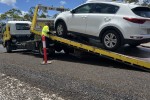
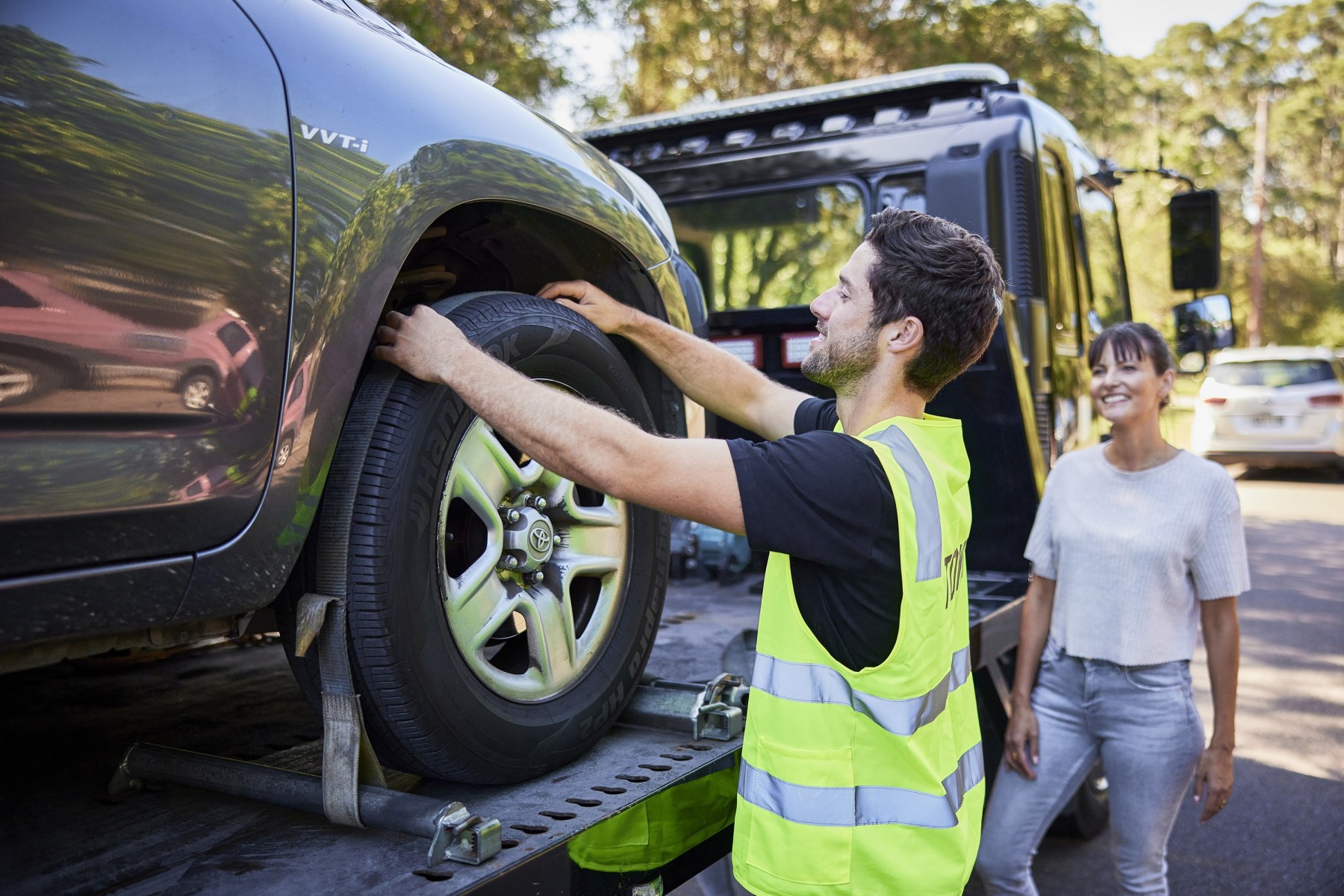
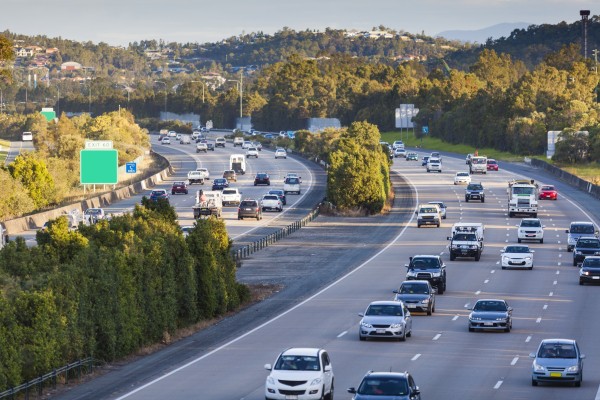
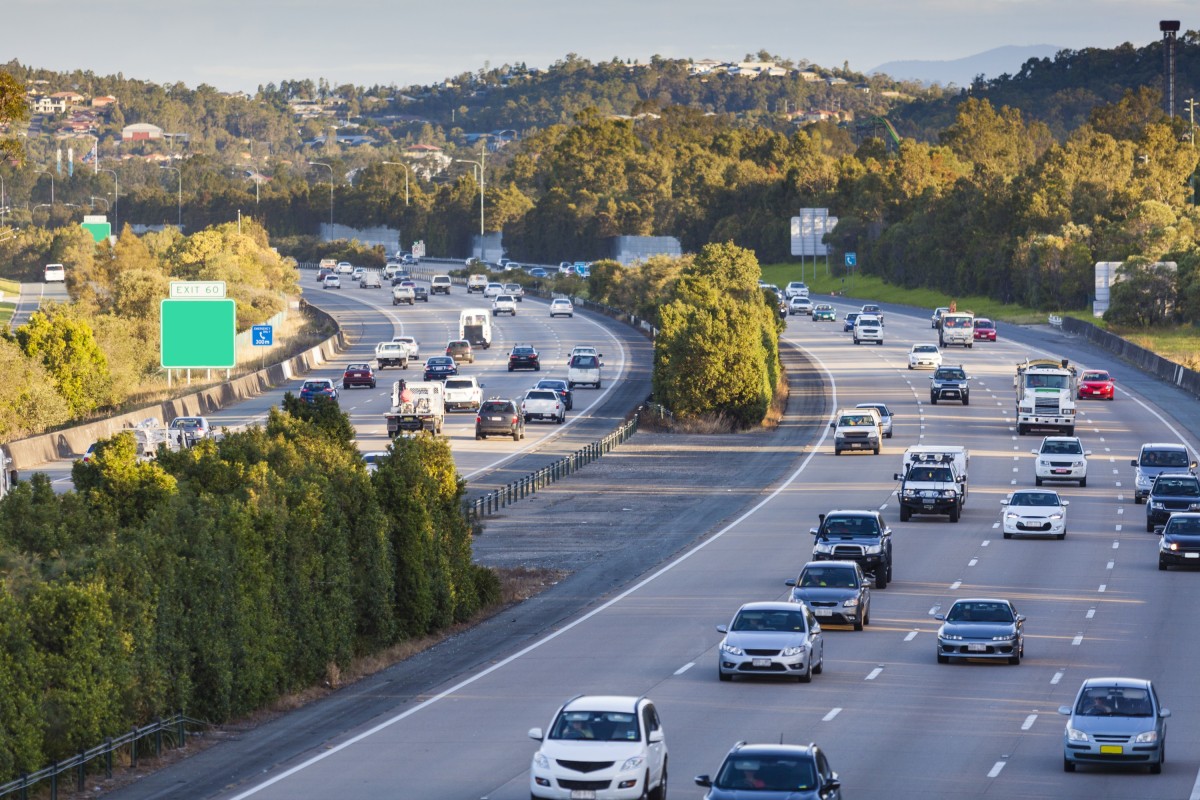

![The most popular cars in Australia [2025] The most popular cars in Australia [2025]](https://cdn.upmove.com.au/image/blog/a0026fa89fdff80b90a2cfa8aa9a7b51.jpeg)
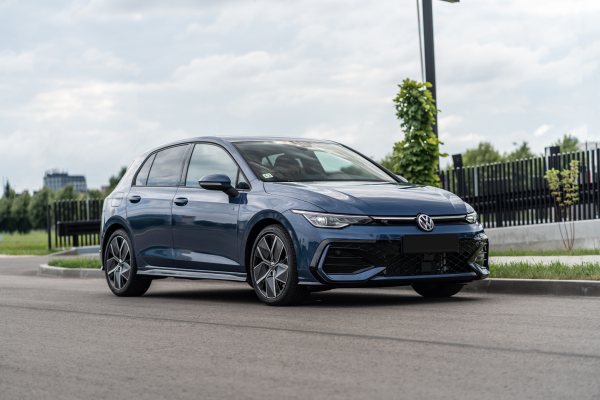

![Top Car Rental Companies Across Australia [Updated 2025] Top Car Rental Companies Across Australia [Updated 2025]](https://cdn.upmove.com.au/image/blog/8b764b76fe269172f532e099d0d1a327.jpeg)



